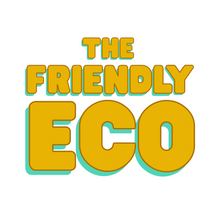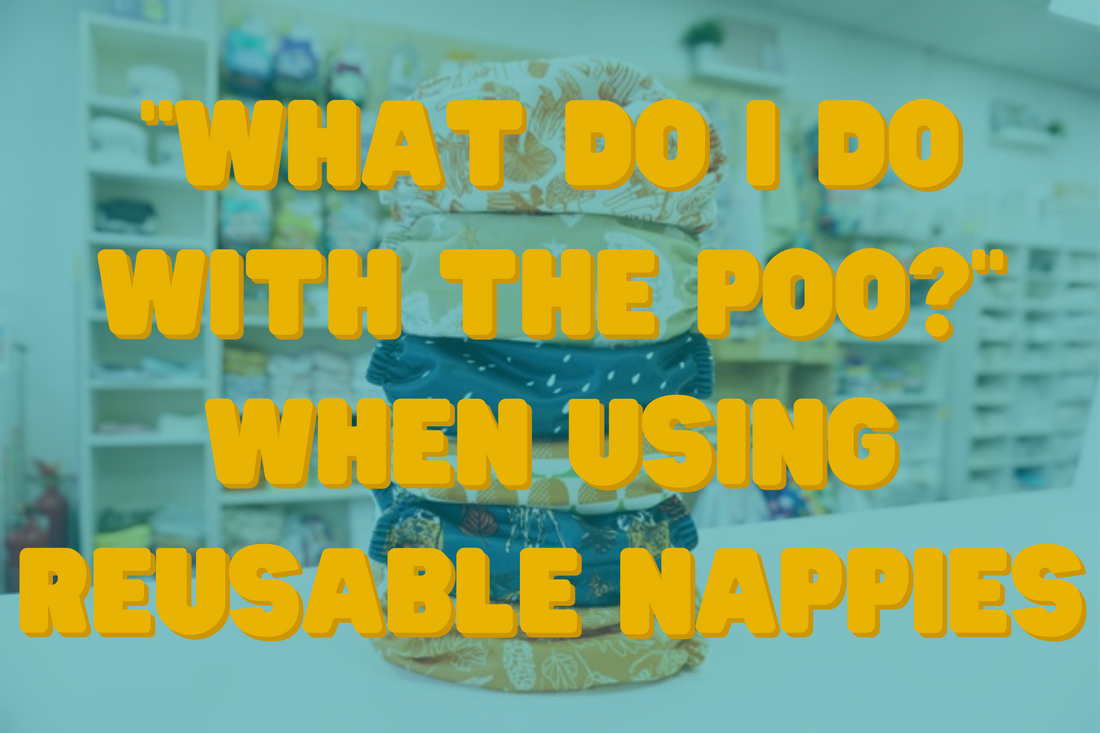Wondering what happens to the baby poop when changing a reusable nappy? Here's what you do with it when the time comes - and no, it doesn't go in the washing machine!
Many new parents imagine literal poops in their washing machine, or hand rinsing their nappies in the sink. But I'm here to tell you that this is NOT the case at all!
Sure, forty years ago everyone was boiling terry towels on the stove and ringing them out to dry, but nowadays it's as simple as your clothes wash
Read on to find out what REALLY happens...
Want our FREE Ultimate Reusable Nappy eBook? Sign up here to get yours instantly!
When baby is milk fed...
All liquid milk poops, breast or bottle fed, are entirely water soluble. They're literally just milk thats gone through your baby, therefore they can go straight in the washing machine! Put the nappies on a cold rinse cycle to get rid of the extra stuff, then top up with clothes and wash with regular powder detergent!
Don't fancy that? Use a disposable liner to reduce your nappy waste AND have the convenience of a disposable. Just lay it flat in the nappy, then at change time you can dispose of it using a compostable nappy sack - and the poo is gone!
Check out our cloth nappy wash guide for our top tips to keep your nappies smelling fresh and lasting a long time!
When baby eats solids...
Once your baby starts weaning, so probably around six months, you'll want to put the poop down the toilet. This is pretty straight forward once baby is eating meals, just turn the nappy upside down to 'plop' the poop straight into the loo, maybe a little shake of the nappy if needed. But if you don't want to do that... you can use a liner! Disposable liners are a great way to make poop disposal even easier for you. They work in the exact same way as disposable nappies, just with a frastion of the waste and no plastic! Place them in the nappy to catch the poop, then take them out and bin them when you change baby.
READ NEXT: How will energy prices affect reusable nappy costs?
Don't want any waste? Whilst disposable liners use up a fraction of the materials of disposable nappies and are made of natural materials, many parents choose to cut out the waste completely with reusable fleece liners. These catch the poop and also keep baby feeling dry when they've done a wee which prevents nappy rash.
Take a look at the nappy liners we have on offer, and get 10% off our online store using code NEWBIE10.
Compared to disposables...
Any cloth bum parent can tell you that there's typically LESS poop situations to deal with in cloth, particularly in the newborn stage! Poonami's up to the neck are non-existent, meaning you won't have any white-turned-mustard colour baby grows, or midday baby baths to deal with, seriously! It's all thanks to the soft elastic on the back of the nappy, it will catch anything that tried to make it's way out the back. They also have a set of leg elastics, though some nappies have two sets, which protects against leg leaks.
Reusables should be fitted a little differently to disposable nappies, but this is super easy to get the hang of! Check out our free printables for a cloth nappy fitting guide.
"I don't want to touch the poop!"
You won't be touching any more poop than you already do with disposables! Cloth prevents those back poonami's, and disposable liners are great for easy poop disposal. There's no going elbow's deep in poopy nappies on wash day, just unzip the wet bag and chuck the entire thing in the washing machine, bag and all, in the exact same way that you'd chuck a nappy sack in the main bin.
You can take a look at our reusable nappy bags too, they're just like their disposable version but WAY cuter! They're also great for wet clothes, muddy wellies and more, get 10% off our online store using code NEWBIE10.
Once they're washed they'll be as fresh and hygienic as your clean clothes and can be reused over and over again for years, saving you hundreds of pounds and saving the environment from 5,000 nappies per baby!

